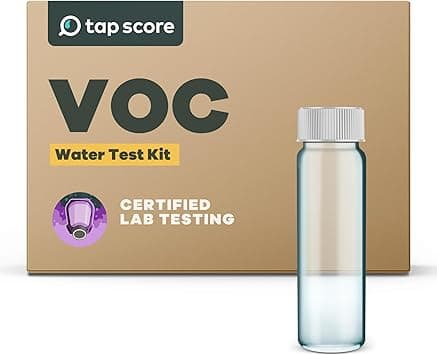1,3 Dichlorobenzene
Synthetic volatile organic compound (VOC) and one of three forms of dichlorobenzene (DCBs). It has been used to produce herbicides, dyes, pharmaceuticals, and insecticides, but its application in pesticide synthesis has been cancelled. 1,3-Dichlorobenzene may have a sharp odor in drinking water. It is readily volatile, thus all routes of exposure (ingestion, inhalation and dermal) are relevant if one is exposed via drinking water.
EPA MCLG Level
500 ppb
Maximum level that poses minimal health risk based on the latest science
Health Effects
There is little information about the health effects of 1,3-dichlorobenzene. However, health protective benchmarks have been developed based on the impacts of 1,2-dichlorobenzene, which include potential impacts to the liver, kidneys and circulatory system.
Affected Organs & Systems:
Common Sources
- Not naturally occurring, so its detection in the environment and source water is the result of human activity
- May enter the environment and drinking water sources from industrial sites where it is produced or used
How to Remove It
Water filters certified under the following NSF standards are effective at removing 1,3 Dichlorobenzene:
EPA MCLG Level
The EPA MCLG represents the maximum level that poses minimal health risk based on the latest scientific research. It's often more protective than federal legal limits.
Contaminant Type
1,3 Dichlorobenzene is classified as a VOCs contaminant.
This contaminant primarily affects the kidneys, cardiovascular, and other systems.
Check Your Water
Find out if 1,3 Dichlorobenzene is in your tap water.
Search Your CityTest Your Water for This Contaminant
Public water reports may not test frequently enough or at your specific tap. Professional home testing provides current, location-specific results.

SimpleLab
Standard Home Water Test
$232
Comprehensive water analysis testing over 200 contaminants including bacteria, heavy metals, and chemical compounds.

SimpleLab
Advanced Home Water Test
$369
Most comprehensive home water test including all standard tests plus additional parameters for ultimate peace of mind.

Tap Score
Volatile Organic Compounds (VOC) Test
$139
Detects volatile organic compounds including industrial solvents, fuels, and chemical contaminants.